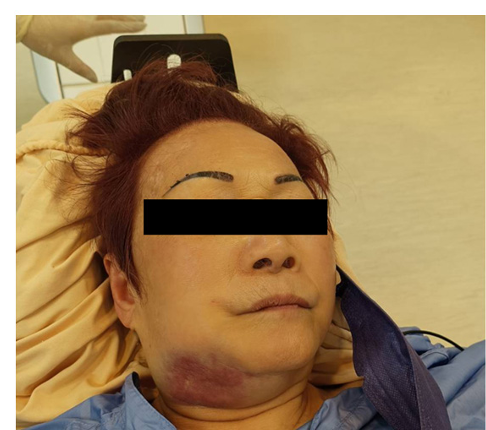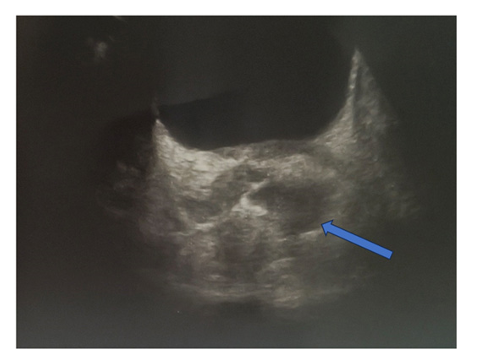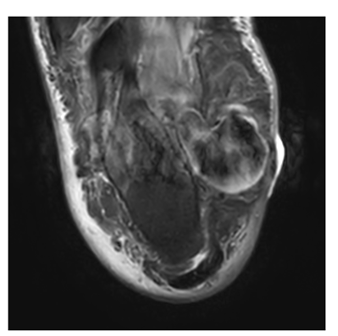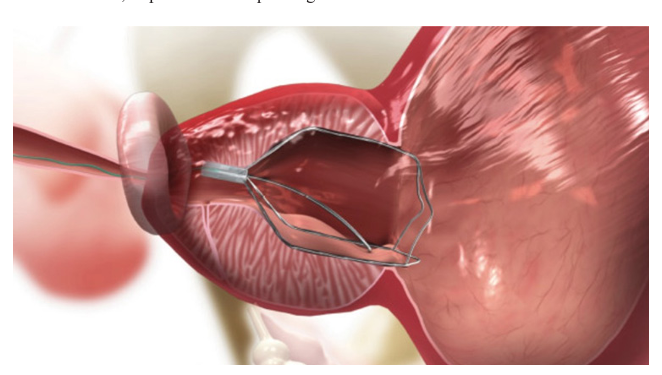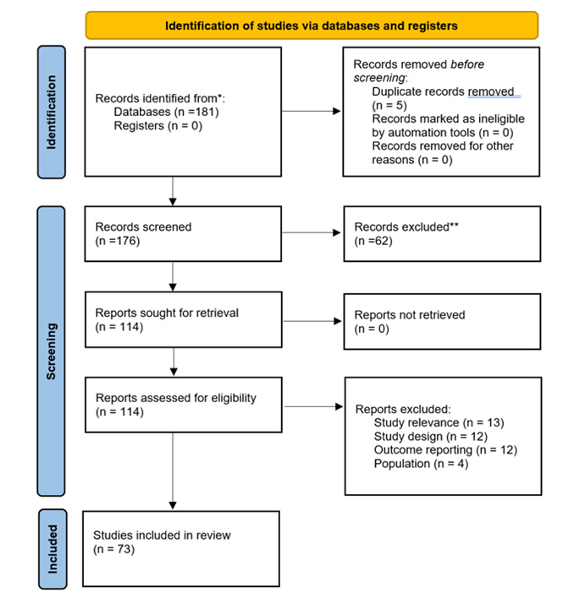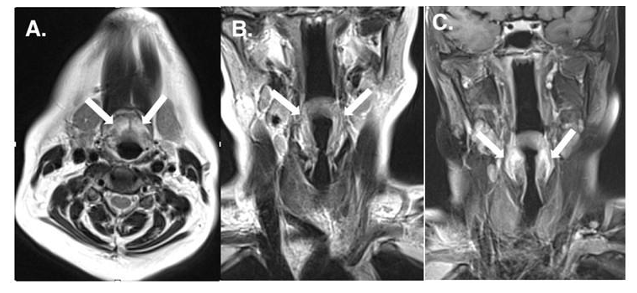To analyze the craniostenosis and the characteristics of development of cranial bones in children, introduce an improved surgical treatment for craniostenosis, and evaluate its efficacy and feasibility. Three children with craniostenosis were treated by our improved surgical treatment from April 2014 to April 2016, and all of them suffered scaphocephaly caused by premature closure of sagittal suture.
Trace elements play an important role in tuberculosis infection because their deficiencies can be associated with impaired immunity. The aim to assessment the serum copper and zinc levels among the tuberculosis patients in Khartoum state
Constitutional symptoms of primary myelofibrosis can mask COVID-19 infection. We present the case of a patient with primary myelofibrosis on ruxolitinib who tested positive for COVID-19 as part of Hematopoietic Stem Cell Transplant (HSCT) workup. The patient was asymptomatic and took over four weeks to develop a negative COVID-19 RT-PCR test.
Describe, with a case report, the treatment of a vestibular white spot lesion due to traumatic hypomineralization in a maxillary incisor, through the combined use of microabrasion and resin infiltration.
Chronic natural killer cell lymphoproliferative disorders are a hematological disorder which is characterized by the proliferation ofCD3- cytotoxic natural killer cells. So far, the pathogenesis ofCLPDNK is still unclear, and there is no consensus on the effectiveness of drug therapy.
A new coronavirus disease, called COVID-19, appeared in the Chinese region of Wuhan at the end of last year; since then the virus spread to other countries, including most of Europe. We propose a differential equation governing the evolution of the COVID-19. This dynamic equation also describes the evolution of the number of infected people for 13 common respiratory viruses (including the SARS-CoV-2).
Current COVID-19 outbreak has shaken almost all aspects of health. Pakistan is lower middle income country where health system is fragmented due to chronic state of underinvestment in health. Provision of basic health care during the current COVID-19 outbreak remains daunting task. Ethics and regulatory systems are not fully mature [1] to keep pace with the challenges associated with the surge in research related to this novel disease.
COVID-19 has emerged as one of the largest pandemic of century, with 15 785 641 confirmed cases of COVID-19, including 640 016 deaths, reported by WHO to date [1]. It has revealed that the world was clearly not ready for the surprise. The emergency response encompassed massive efforts to ensure health care delivery.
Coronavirus disease 2019 (COVID-19) causes severe community and nosocomial outbreaks; we aimed to ascertain the duration of viral shedding through repeated nasal swabs in patients with COVID-19 and factors associated
The success of targeted cancer therapies will depend on the uniformity of the target cells. Cancer cells mutate and potentially can alter that target, defeating that therapy. A means of computing the number of altered targets and what may be necessary to improve the probability of successful treatment is presented. This analysis indicates that single drug, targeted therapy will not be successful unless the cancer can be treated in very early stages with low cancer cell counts.
ACMCR Archive
Articles Published
All articles are fully peer reviewed free to access and easy to download from our Site.
Why ACMCR?
- Highly Indexed Journals
- Fast Peer-Review System
- Reprints Issued Across the World
- Timely Submission for Indexing
- Collaboration with Research Institutions
- Reprints issued accross the world
- Diverse Subject Coverage
- DOI Assignment for Every Article
- Strict Ethical Guidelines
Digital Object Identifier

Content Registration at Crossref and DOI assignment for all published articles


